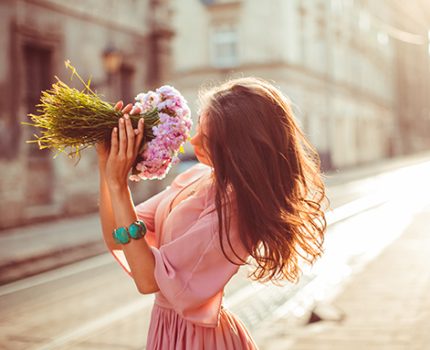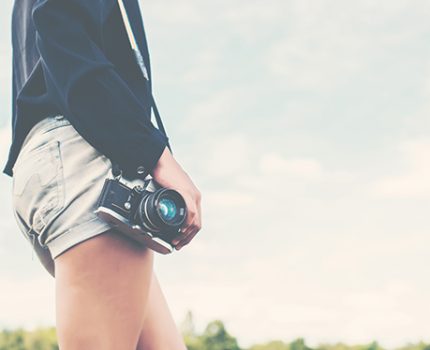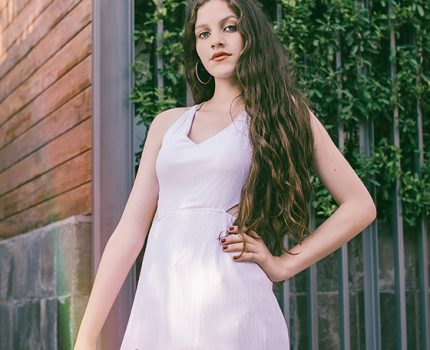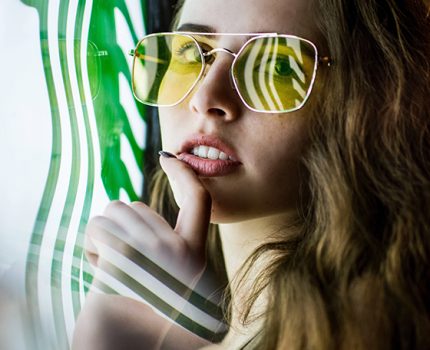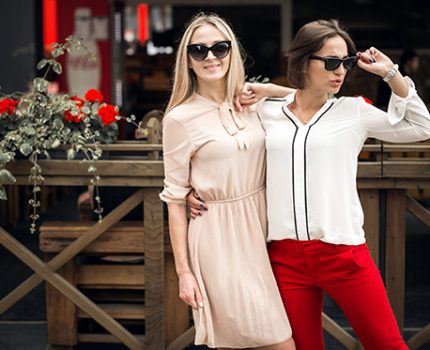Costume and Politics: Clothing as a Form of Protest and Activism
Clothing serves as a powerful medium for personal expression and social commentary. Historically, costumes have played significant roles in movements like the French Revolution and suffragette protests, reflecting values and grievances. In modern activism, they raise awareness and spark conversations, as seen in the Black Lives Matter movement and political critiques through satire. Costumes foster empathy and understanding, especially in LGBTQ+ pride parades. Digital platforms amplify their impact, turning local actions into international phenomena. However, challenges like misinterpretation and cultural appropriation require careful navigation by activists.

